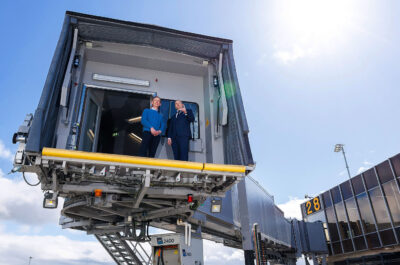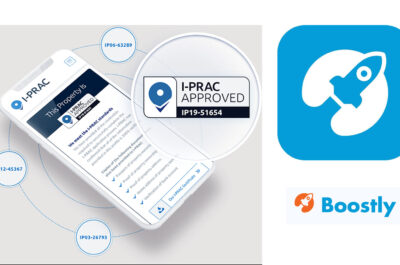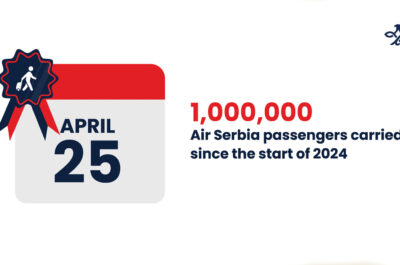Here’s how you can build a portable tool kit that’s perfect for roadside emergencies.
Frequent travelers know the importance of being prepared for the unexpected, especially when it comes to potential car trouble. A well-equipped mobile mechanics tool kit can be a lifesaver when you’re on the road. Here’s how you can build a portable tool kit that’s perfect for roadside emergencies.
Start with a sturdy container
Choose a durable container that’s easy to carry and fits conveniently in your car. A toolbox, backpack, or even a well-organized duffle bag can work. It’s wise to look for something with compartments to keep tools organized and easy to find.
Essential hand tools
Include basic hand tools like pliers, wrenches, screwdrivers, and an adjustable spanner. These will help you perform minor repairs like tightening loose parts. In particular, a multi-tool with various functions can save space and weight. Plus, you might like to include a selection of handy mechanics tools that you can use on your vehicle if the need arises.
Battery jumper cables
A good set of jumper cables can be vital if your car’s battery dies. Ensure they’re long enough and include instructions in your kit if you’re unfamiliar with using them.
Tire repair tools
A flat tire is a common roadside issue, so you should include a tire inflator, sealant, a tire pressure gauge, and a lug wrench to address tire-related emergencies. You need to know how to use the spare tire and jack that come with your car, as well.
Fluids and lubricants
Carry essential fluids like engine oil, coolant, windshield washer fluid, and brake fluid in your roadside kit. Include a funnel for easy pouring, and don’t forget to pack the wet items in leak-proof containers and check their compatibility with your vehicle.
Emergency lighting
A flashlight with spare batteries or a headlamp will come in handy for nighttime breakdowns. Consider a rechargeable option that can plug into your car’s power outlet. Always check that batteries are working before big road trips, too.
Multi-meter for electrical troubleshooting
A multi-meter can diagnose electrical problems. If you know how to use one, it can help identify issues with the battery or alternator when you get stuck by the roadside. A basic guide or cheat sheet on using a multi-meter can be useful if you’re not an expert.
Spare parts and fuses
Consider including common spare parts in your emergency kit, like belts, hoses, or fuses specific to your vehicle’s make and model. It pays to add in a small booklet with your car’s specifications and some basic how-to guides for common repairs.
Towing and recovery equipment
Should your vehicle become stuck or need towing, having basic recovery equipment can be invaluable. Include items like a tow strap with proper weight ratings, shackles, and a compact shovel. Always follow safety guidelines when using towing equipment to avoid accidents, too.
Fire extinguisher
A small automotive fire extinguisher can be crucial if a fire starts in the engine bay or elsewhere in your vehicle. Ensure it’s rated for automotive use, and know how to operate it before you need it.
Basic first aid kit
Another must in your roadside emergency pack is a first aid kit with essentials like band-aids, bandages, pain relievers, and antiseptic wipes. Remember: safety on the road includes personal well-being, too.
Reflective safety gear
Similarly, pack reflective vests, triangles, or cones to alert other drivers of your presence if you’re inspecting or working on your car, especially during nighttime or low-visibility conditions.
Other non-tool essentials
Include other goods such as water bottles, non-perishable snacks, a blanket, and an emergency phone charger to stay stocked up. These items can make a prolonged wait more comfortable.
Customize based on travel destinations and Sseasons
Consider the areas you’ll be traveling through and customize your kit in turn. For example, add snow chains for snowy mountain trips or extra water for desert travels. Also, tailor your kit to the season. In winter, include an ice scraper, extra blankets, and snowmelt, if needed. In summer, extra coolant, sunscreen, and bug spray can be helpful. Rotate all these items in your kit as the seasons change to ensure they’re always relevant.
As frequent travelers, the journey is as much a part of the adventure as the destination. A well-thought-out mobile mechanics tool kit can turn potential travel nightmares into minor bumps in the road. Remember, the goal is not just to fill a box with tools but to create a personalized and thoughtful kit that reflects your travel patterns, the unique characteristics of your vehicle, and the needs of your fellow travelers.
Every time you embark on a new trip, take a moment to assess and update your toolkit. Safety, convenience, and peace of mind are well worth the effort of putting this essential kit together.









































































































































































